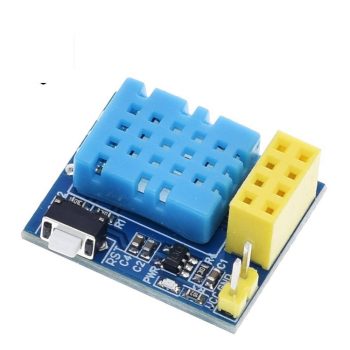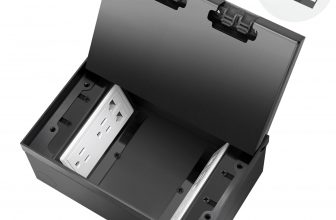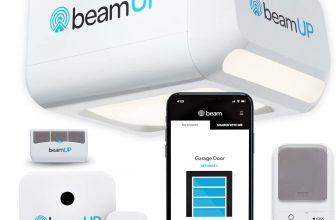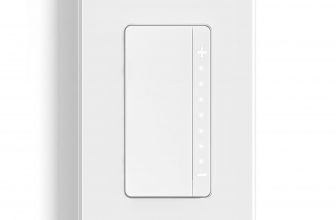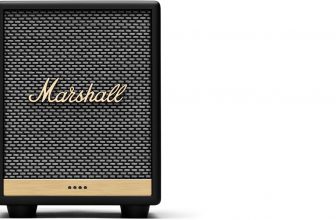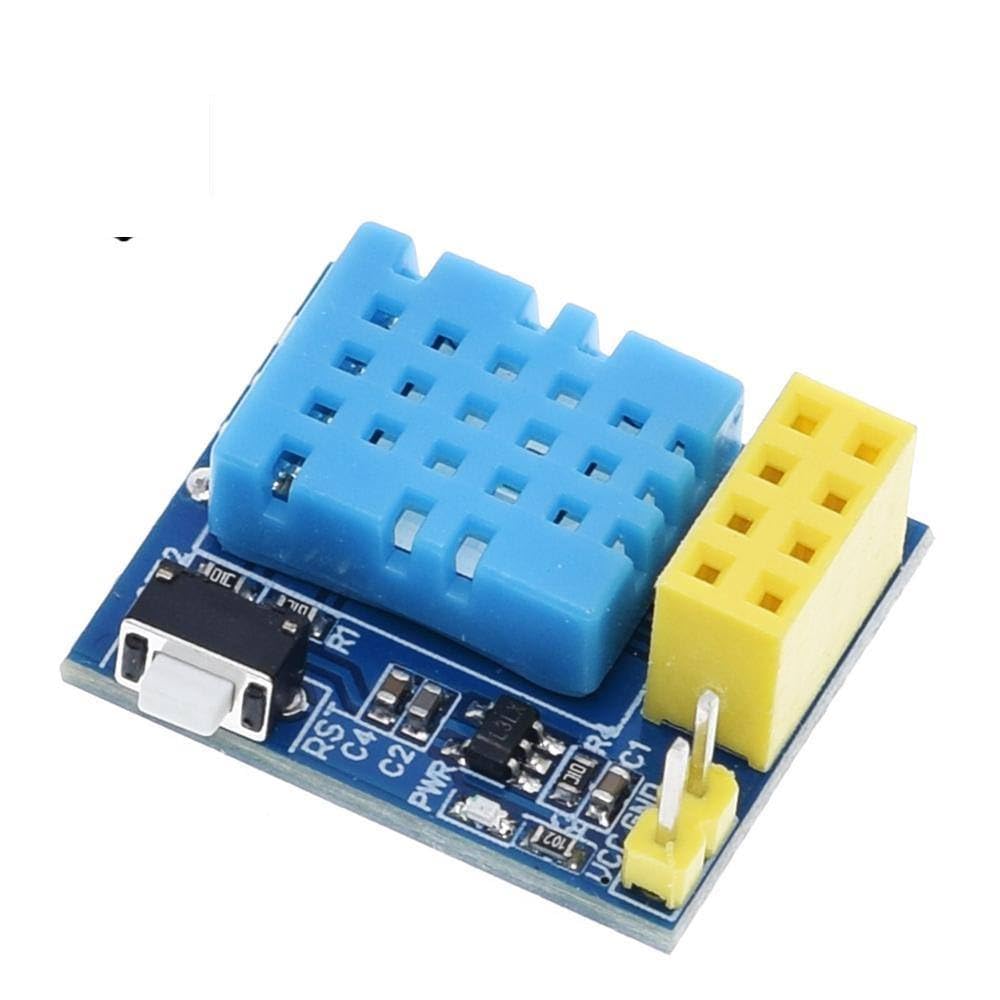
The ESP8266 DHT11 Temperature Humidity Sensor Module is revolutionizing the way we monitor indoor environments. This in-depth article explores its features, specifications, and the impactful role it plays in smart home automation. Whether you’re a hobbyist or a seasoned engineer, understanding this product will enhance your projects effectively.
Product Features
| Feature | Description |
|---|---|
| Product Name | ESP8266 DHT11 Temperature Humidity Sensor Module |
| WiFi Module | Integrated ESP8266 WiFi capabilities for remote monitoring |
| Humidity Sensor | DHT11 technology to measure humidity levels |
| Temperature Sensor | Accurate temperature sensing with DHT11 |
| Compatibility | Works with NodeMCU and other ESP8266 boards |
| Application | Ideal for smart home automation and IOT projects |
Product Overview
| Pros |
|---|
| Easy to integrate with existing projects |
| Affordable and accessible |
| Provides real-time monitoring of temperature and humidity |
| Cons |
|---|
| Limited measurement range compared to advanced sensors |
| Requires basic programming knowledge to set up |
| DHT11 sensor may not be suitable for high precision applications |
Understanding the ESP8266 DHT11 Sensor
In this chapter, I’ll explore the practical applications of the ESP8266 DHT11 Temperature Humidity Sensor within smart home systems. This sensor isn’t just a nifty gadget; it plays a crucial role in creating environments that are both comfortable and energy-efficient. I’ve seen its integration into various projects where it significantly enhances the functionality of smart home devices.
For instance, when paired with an ESP8266, the DHT11 can monitor indoor climate conditions and relay this data over WiFi. I can set up a simple project where the sensor uploads temperature and humidity readings to a cloud platform. This information helps in adjusting HVAC systems based on real-time data, ensuring optimal comfort and energy savings. The use of MQTT or HTTP protocols for device communication facilitates effective, low-latency interactions.
However, it’s important to acknowledge some limitations. The DHT11 has a relatively narrow range for temperature and humidity readings, capping at 50°C for temperature, and 80-90% for humidity. This makes it less suitable for extreme environments. In such cases, considering alternatives like the DHT22 or other advanced sensors can be beneficial. I’ve learned that while the DHT11 is excellent for many applications, understanding its boundaries will guide you in choosing the right sensor for your project.
Applications and Implementation in Smart Homes
The ESP8266 DHT11 Temperature Humidity Sensor is invaluable in smart home applications, bridging technology and everyday living. One of the most compelling projects I’ve explored is home climate monitoring. By integrating the DHT11 with an ESP8266, I can remotely monitor temperature and humidity levels through a smartphone app or web interface. This setup allows users to adjust their HVAC systems for optimal comfort, making it not just practical but crucial for energy efficiency.
In implementation, the process is relatively straightforward. I typically use the Arduino IDE for coding, where I establish a connection between the ESP8266 and the DHT11. Utilizing protocols like MQTT or HTTP, I successfully send sensor data to a cloud platform. This real-time communication facilitates smart decision-making, like activating fans or dehumidifiers when humidity levels exceed a set threshold. I’ve noticed that with MQTT, the lightweight structure enhances performance, especially in low-bandwidth scenarios.
However, it’s essential to recognize the limitations of DHT11. While it’s cost-effective and easy to use, it has a lower accuracy range and slower response time compared to other sensors. If precise humidity or temperature measurement is critical, I might recommend alternatives like the DHT22 or BME280. Understanding the specific needs of your smart home project is vital, ensuring you choose the right sensor for the job.
Conclusions
Overall, the ESP8266 DHT11 Temperature Humidity Sensor Module is a fantastic choice for anyone looking to delve into smart home projects. Its ease of use, cost-effectiveness, and practical applications make it an excellent addition to your toolkit. By integrating this sensor, you can enhance the monitoring capabilities of your devices and create a truly intelligent environment.

